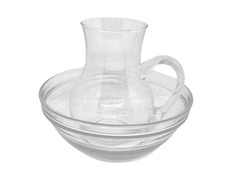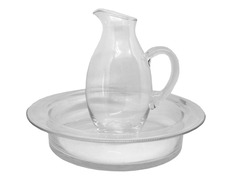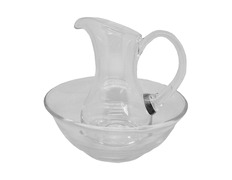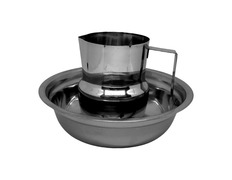In the Catholic liturgy, each rite has a profound meaning. The lavabo, also known as the lavatory, is not just an act of hygiene, but symbolizes physical and symbolic purification.
Although simple, this rite encompasses great spiritual richness. It is a significant ritual that encapsulates the need for physical and symbolic purification.
This act invites reflection on the respect and reverence with which one should participate in the Eucharist. It teaches that the encounter with God requires a heart purified by the grace of God.
The first meaning of the lavabo is physical purification. The parish priest washes his hands at the moment when he is going to come into contact with the sacred elements that represent Christ.
During the mass, the priest washes his hands before handling the consecrated bread and wine. This act of hygiene shows respect and cleanliness in the liturgical context.
Washing hands emphasizes the reverence towards the sacred acts and objects of the mass. Thus, it symbolizes the preparation to act in the name of the divine.
The lavabo also has a profound symbolic meaning. The water represents God's grace that cleanses and purifies. During the washing, the priest recites Psalm 26:6-7:
I wash my hands in innocence, and so, Lord, I go around your altar.
Through the act of washing hands, the priest symbolizes the need for inner purity to participate in the Eucharist. The lavabo becomes a moment of introspection and repentance, inviting everyone to seek the purification of their hearts and minds.
The lavabo rite is performed during the preparation of the offerings, before the offertory.
The priest approaches a lavabo and an acolyte pours water over his hands while he recites the psalm. Then, he dries his hands and recites an additional prayer asking for purification.
This rite is mandatory according to current liturgical norms.
Catholic Church for sale | Ewer and basins sets | Online sale of liturgical lavabos and handwashing for parish use | Metal and glass pitchers and basins to perform the handwashing ritual during the celebration of Holy Mass.

Ref: 1F680

Ref: 1F1202

Ref: 59B001

Ref: 111F7510

Ref: 1F1201